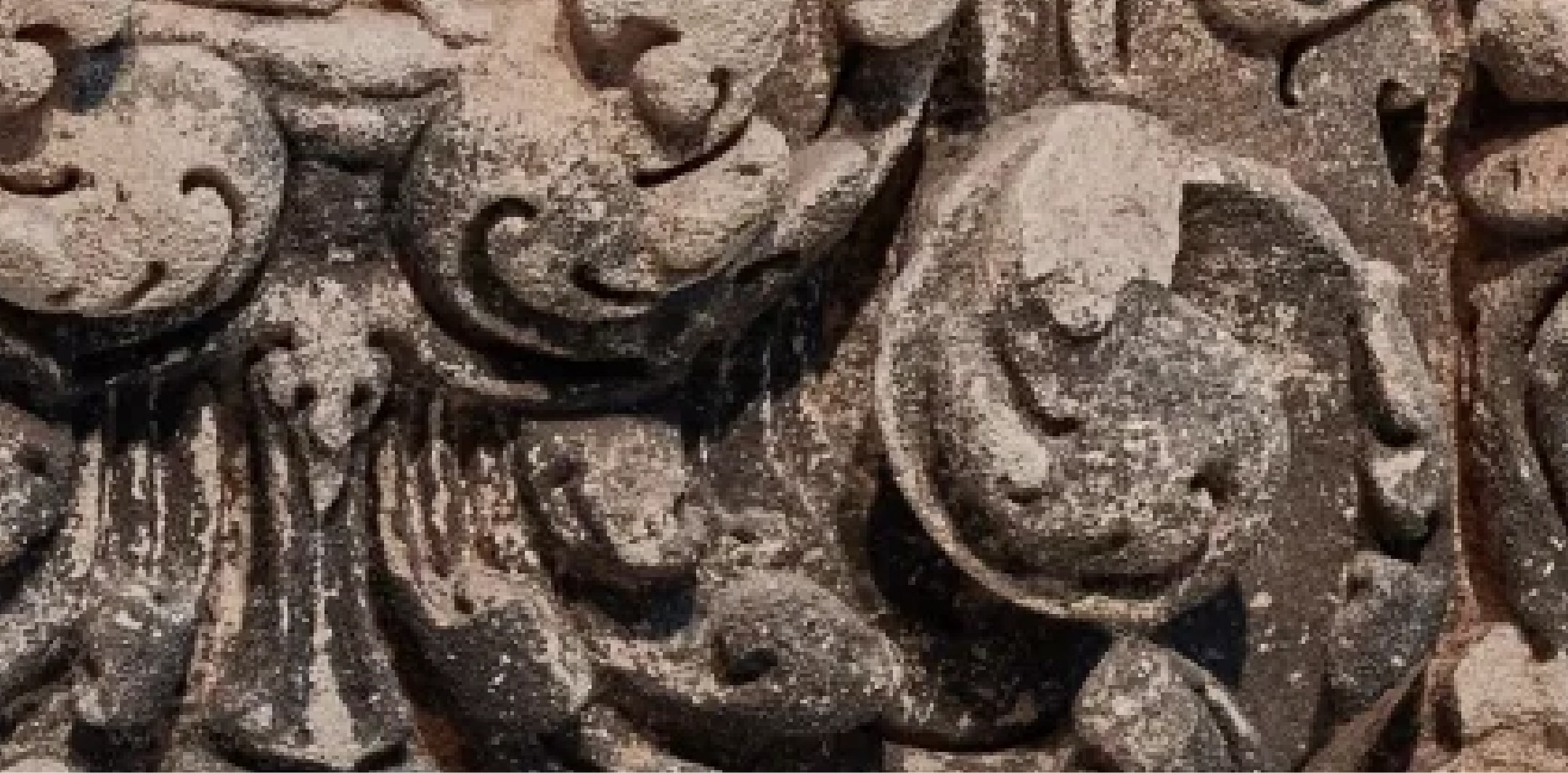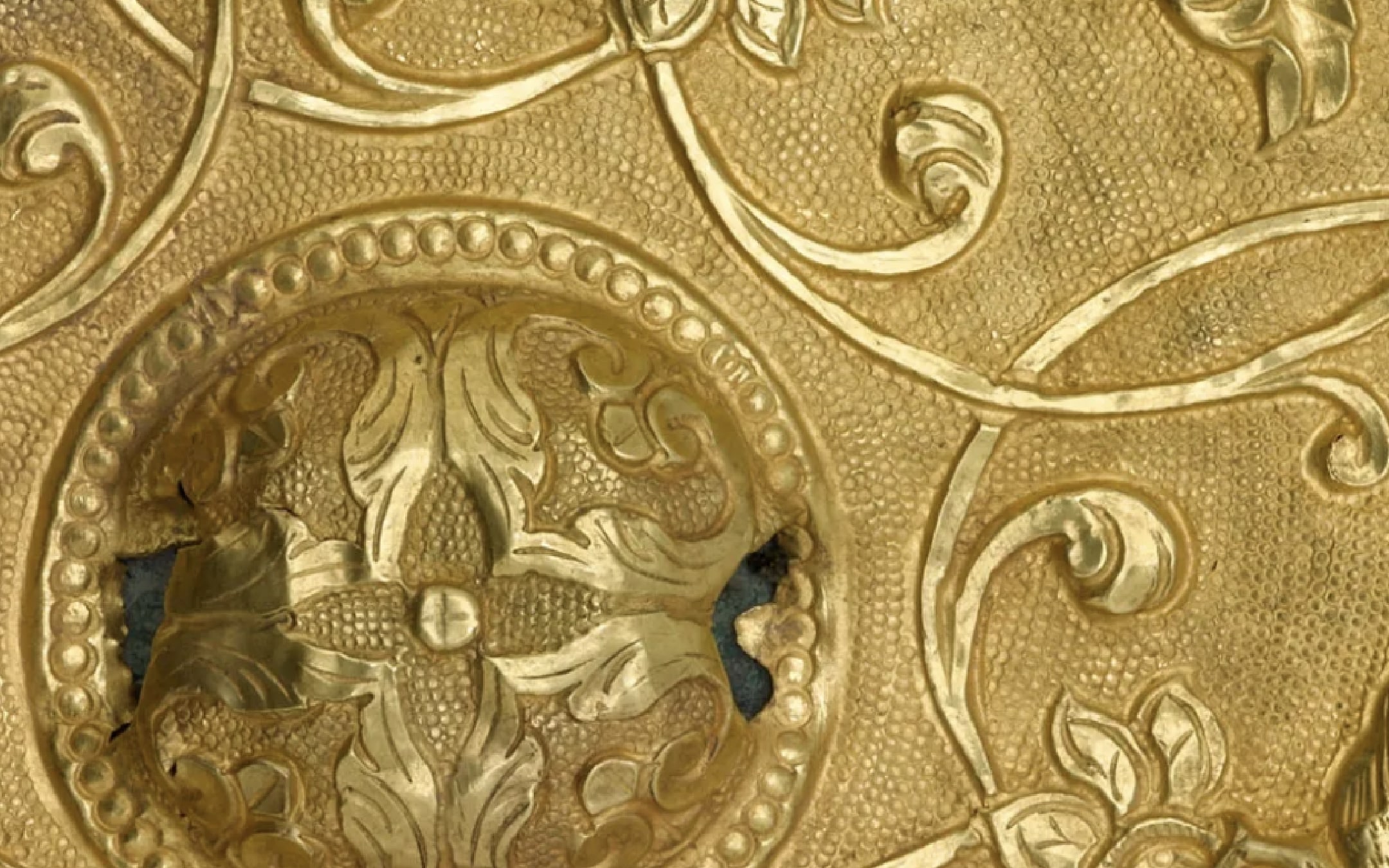Incense Burner

Terms of Use
Creative CommonsAt A Glance
-
Period
7th-8th century -
Geography
China -
Material
Gilded bronze -
Dimension
H x W x D: 13.3 x 27.2 x 25.8 cm (5 1/4 x 10 11/16 x 10 3/16 in) -
Accession Number
S1987.15 -
EDAN ID
edanmdm:fsg_S1987.15
Object Details
-
Provenance
As early as 1929 to 1950C. T. Loo & Company, Paris, France and New York, NY [1]1950 to 1953C. T. Loo INC., New York, NY by transfer from C. T. Loo & Company [2]1953 to 1961C. T. Loo Chinese Art, New York, NY by transfer from C. T. Loo, INC. [3]1961 to 1966C. T. Loo & Cie, Paris, France by transfer from C. T. Loo Chinese Art [4]1966 to 1967J. T. Tai & Company, New York, NY purchased from C. T. Loo & Cie, Paris France in New York on June 20, 1966 [5]From 1968 to 1987Dr. Arthur M. Sackler, New York, purchased from T. J. Tai on December 31, 1968 in New York, NY [6]From 1987Arthur M. Sackler Gallery, gift of Dr. Arthur M. Sackler on September 11, 1987 [7]Notes:[1] Object is published in Osvald Siren, A History of Early Chinese Art, Volume II. London: E. Benn, Ltd., 1929, plate 133. C. T. Loo & Company is cited as the owner.[2] In 1950, C. T. Loo announced his retirement from C. T. Loo & Company, New York and Paris. Between 1950 and the summer of 1953, he continued to do business, however, he did so under the name C. T. Loo, INC. and organized exhibitions of his company’s stock using this new business name. C. T. Loo’s daughter, Janie Emanuel Loo operated the Paris branch of C. T. Loo & Company as C. T. Loo & Cie., Arts d’Asie. C. T. Loo, INC. was dissolved by the summer of 1953.[3] The object is published in The Arts of the T’ang Dynasty: A loan exhibition organized by the Los Angeles County Museum from Collections in America, The Orient and Europe, January 8 – February 17, 1952, cat. 110 (ill.). “Mr. Frank Caro, C. T. Loo, New York” is cited as the owner; the business’s formal name, however, was C. T. Loo Chinese Art.On September 1, 1952, C. T. Loo’s associate, Frank Caro (1904-1980) took over daily operations of the New York business. C. T. Loo, INC. was dissolved by the summer of 1953 and Caro operated as C. T. Loo Chinese Art. Loo continued to play a large role in the business, as he and Caro struck a deal in which profits made on Loo’s stock would be evenly divided and Loo would maintain the lease and rental payments on the company’s gallery space.[4] In 1961, Loo and Caro’s agreement ended. C. T. Loo & Cie., Paris, France took control of C. T. Loo Chinese Art, New York stock, which C. T. Loo added to the inventory before his death in 1957. This object was part of that inventory.[5] See J. T. Tai & Company stock record “A 418: Gilt Bronze Incense Burner, T’ang Dyn,” copy located in accession file. The seller is recorded as “C. T. Loo & Cie.”[6] J. T. Tai & Company invoice addressed to Dr. Arthur M. Sackler, dated 10/19/1967, copy located in the object file and in the FǀS COM provenance files.J. T. Tai & Company stock record A 418 reports that the sale was not finalized until December 31, 1968, copy in accession file.[7] Pursuant to the agreement between Dr. Arthur M. Sackler and the Smithsonian Institution, dated July 28, 1982, legal title of the donated objects was transferred to the Arthur M. Sackler Gallery on September 11, 1987. -
Collection
Arthur M. Sackler Collection -
Exhibition History
The Arts of China (November 18, 1990 to September 7, 2014)Monsters, Myths and Minerals (September 28, 1987 to November 26, 1995)Treasures from the Smithsonian Institution at the Royal Scottish Museum (August 11, 1984 to November 5, 1984)Untitled Exhibition, China House Gallery, 1948 (1948)Ausstellung Chinesischer Kunst (January 12 to April 2, 1929) -
Previous custodian or owner
C.T. Loo & Company (1914-1948)C.T. Loo, INC. (ca. 1948-no later than July 1953)C.T. Loo Chinese Art (1953-1961)C.T. Loo & Cie, Art Ancien de Chine (ca. 1950-2011)J. T. Tai & Co. (established in 1950)Dr. Arthur M. Sackler (1913-1987) -
Origin
China -
Credit Line
Gift of Arthur M. Sackler -
Type
Vessel -
Restrictions and Rights
CC0 - Creative Commons (CC0 1.0)
This image is in the public domain (free of copyright restrictions). You can copy, modify, and distribute this work without contacting the Smithsonian. For more information, visit the Smithsonian's Terms of Use page.
The information presented on this website may be revised and updated at any time as ongoing research progresses or as otherwise warranted. Pending any such revisions and updates, information on this site may be incomplete or inaccurate or may contain typographical errors. Neither the Smithsonian nor its regents, officers, employees, or agents make any representations about the accuracy, reliability, completeness, or timeliness of the information on the site. Use this site and the information provided on it subject to your own judgment. The National Museum of Asian Art welcomes information that would augment or clarify the ownership history of objects in their collections.
Keep Exploring
-
Related Resources
-
Date
-
Name
-
Place
-
Topic
-
Culture
-
Object Type

